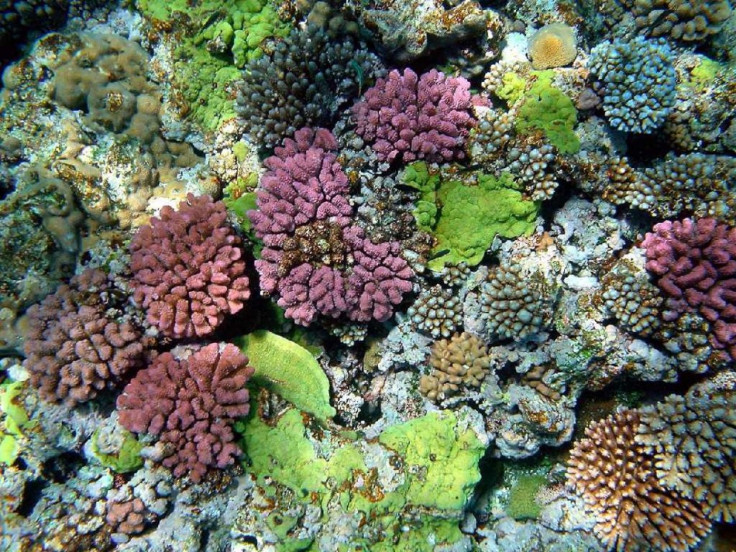Deep sea corals reveal how the world emerged from the Ice Age 18,000 years ago
Corals help scientists reconstruct uranium records from past 50,000 years and associated ice melt.

Deep sea corals can provide a new insight into how the major northern ice sheets retreated at the end of the last Ice Age, scientists have shown. Measures of uranium isotope levels in corals indeed suggest that ice sheets began to melt from the bottom, long before a rise in sea levels associated with deglaciation were observed.
In nature, uranium can be found in all rocks and it comes in various types, known as isotopes, such as uranium-238 and uranium-234. Uranium isotopes have different masses and decay at different rates – uranium-238 decays to become uranium-234.
During the process of erosion, uranium in continental rocks is carried into oceans. However, because uranium-234 is more mobile than uranium-238, more of it ends up being carried in water. Studying the ratio of uranium-234/238 is thus a good indicator of natural processes that have happened in and around oceans in the past.
"Subtle changes in the ratio in seawater have the potential to tell us about past changes in weathering (...) However measuring these ratios is not easy because the changes are small, and the record is not easily preserved. It turned out that reliable reconstruction of past seawater uranium-234/238 was quite challenging", said lead researcher, Dr Tianyu Chen, from the School of Earth Sciences at the University of Bristol.
With his team, he analysed exceptionally well-preserved deep-sea corals from the equatorial North Atlantic and Pacific oceans. Their findings are published in the journal Science.
50,000 years of history in corals
Studying the corals, the team came up with uranium-234/238 reconstructions over the last 50,000 years. Around the end of the last Ice Age, between 18,000 to 11,000 years ago, the reconstructions indicate an increase in excess uranium-234.
The scientists say this may have been caused by the melting from the bottom of major ice sheets. This process resulted in uranium-234 being carried in excess into the oceans from rocks which had previously been frozen.
The researchers also found out that uranium-234/238 reconstructions from the Atlantic and Pacific oceans were different and became similar only halfway in the process of deglaciation, when oceans circulation changed and waters started mixing.
"The timing of this convergence lines up with other evidence that suggest a major change in ocean circulation, to a world that looked more like today than the previous glacial period. We observed a clear uranium-234/238 difference between the Atlantic and Pacific about 17,000 years ago, but such differences vanished after the abrupt resumption of the Atlantic overturning circulation," Chen commented.
The study concludes that ocean mixing and early deglacial release of excess uranium-234 due to significant ice melt activity at the bottom of the Northern Hemisphere ice sheets drove the uranium-234/238 evolution. Looking at corals helps us draw a picture of these past events.
© Copyright IBTimes 2025. All rights reserved.






















